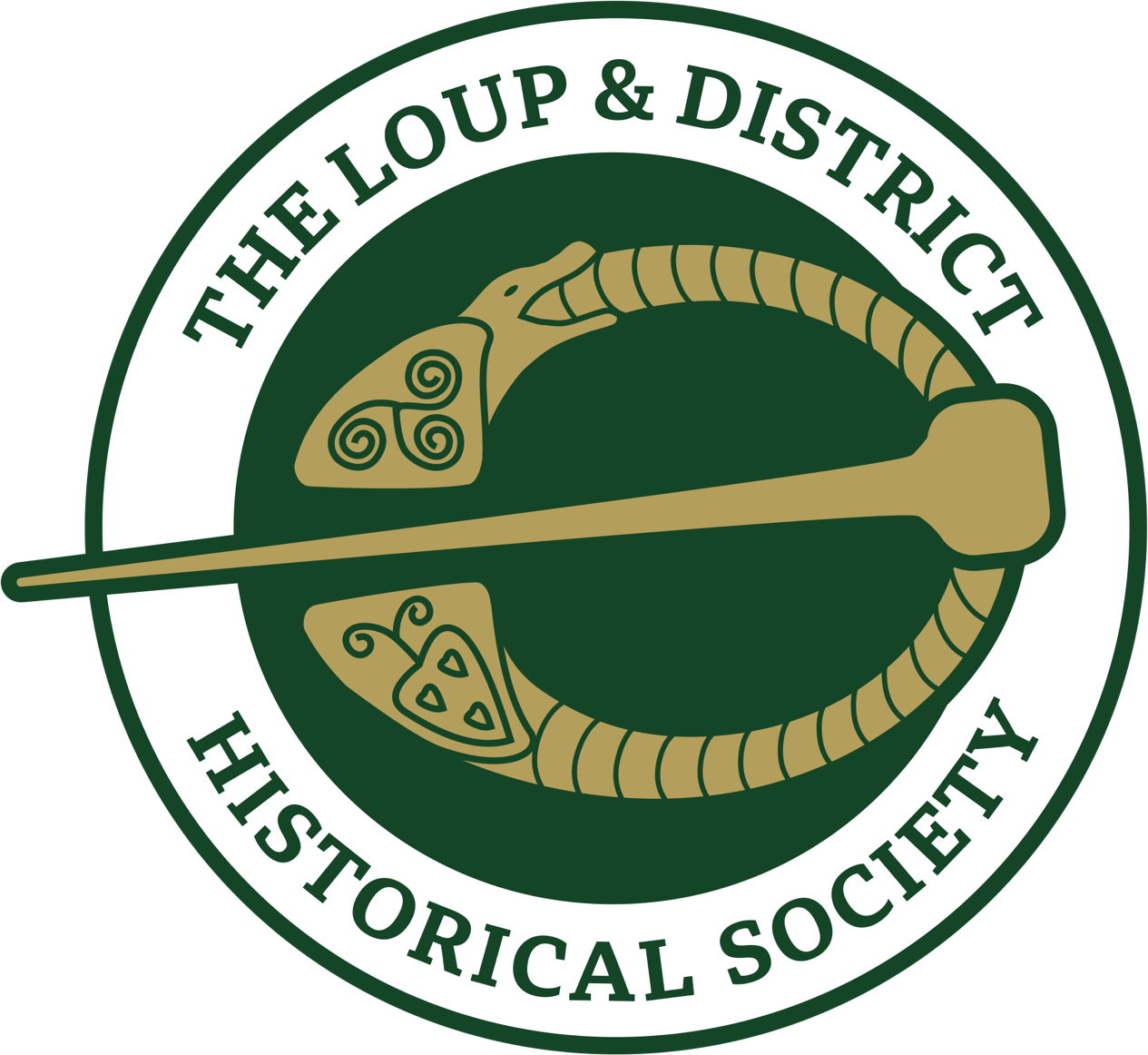By the mid-1860s with the workhouse numbers decreasing from Famine era levels, the workhouse functioned as what we would consider a modern-day hospital or health facility. People entered the workhouse for medical treatment, staying for short periods depending on their condition. Often these people would have been advised to do so following advice from a dispensary doctor
Despite the availability of medical treatment in the workhouse, it was not enough to stop the spread of infectious diseases. In 1866 there were 21 fatal cases of scarlatina in the Magherafelt PLU while dozens more suffered from the condition. Such was the Outbreak of disease in 1869, where 50 cases of a variety of illnesses presented themselves at the same time, the workhouse infirmary was described as being ‘overran’ with cases. In 1874 there were 33 deaths reported in the Moneymore portion of the union, with 7 occurring from whooping cough.
The workhouse was also fortunate to have the services of John Stuart Vesey as Medical Doctor and he performed numerous procedures on patients, saving them in the process and relieving the plight of others. Vesey regularly published his findings and in some instances in the British Medical Journal. In 1867 he published the findings of his ‘Case of Symes amputation at ankle joint’ on a woman named Mary Ann Clark, aged 44. Clark was described as ‘a very intelligent woman’ but coming from a family who were well known from suffering from scrofula (described as a form of tuberculosis). Other procedures were of a more delicate nature and included forms operating on various forms of cancer.
Key to maintaining the health of the poor law union and keeping the numbers entering the workhouse as low as possible was the work undertaken by the dispensary doctors. This was a difficult task and as a British parliamentary report of 1871 showed the task fell to five medical officers who officiated to a population of 63,000 people and over 156,000 acres.



